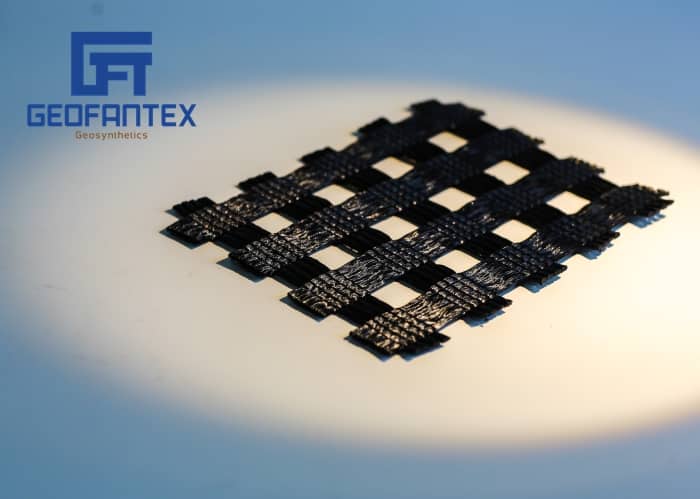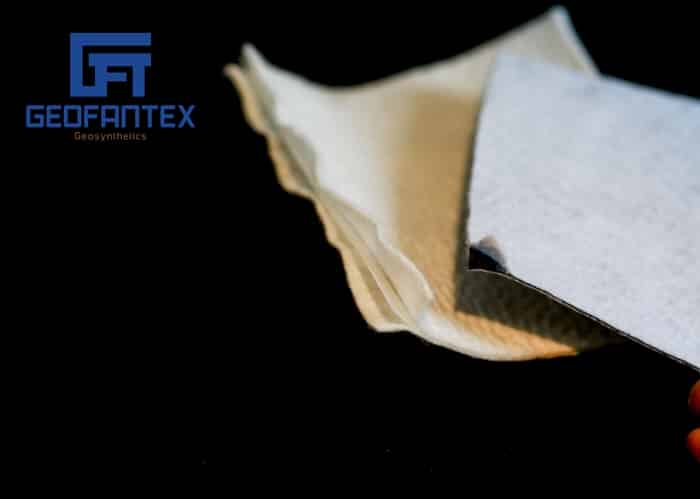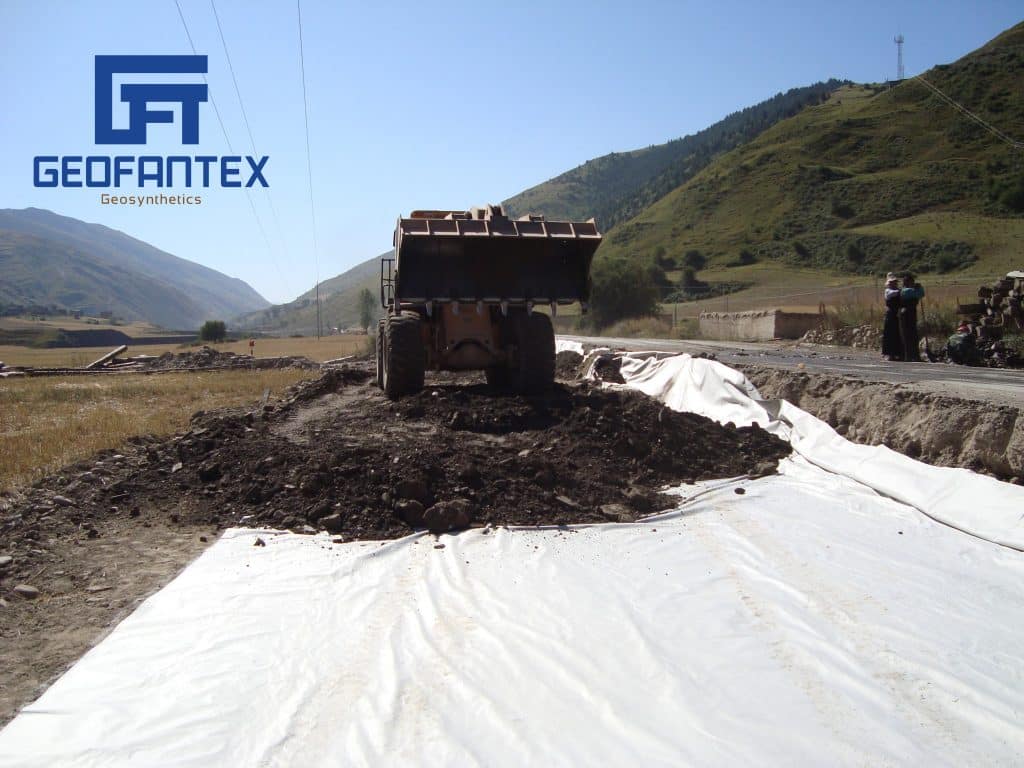+86-159 9860 6917
info@geofantex.com
geofantex@gmail.com
+86-400-8266163-44899
Laying method of geotextiles on roadbeds, railways, and tunnels
Geotextile on the surface of the roadbed or the road groove
When the geotextile is directly laid on the surface of the roadbed or the road groove, the protrusions that may damage the fabric on the roadbed surface and the road groove must be removed first, and then the geotextile is spread out and laid out on the roadbed or road without any wrinkles as much as possible. in the slot. If the ground is very uneven or the debris on the ground is not easy to remove, you can first lay a cushion layer with a thickness of about 15-30cm. If the geotextile is to be spread out in one piece over a longer distance, it should be secured, for example with concrete blocks or stones, to prevent blowing around. When laying materials in areas with low bearing capacity, the transverse direction also needs to be fixed. After the fabric is laid, in order to reduce the damage of sunlight to the fabric, it should be filled with the laying, or protective measures should be taken. Be careful when paving, so as not to puncture the fabric with the tip of the gravel.
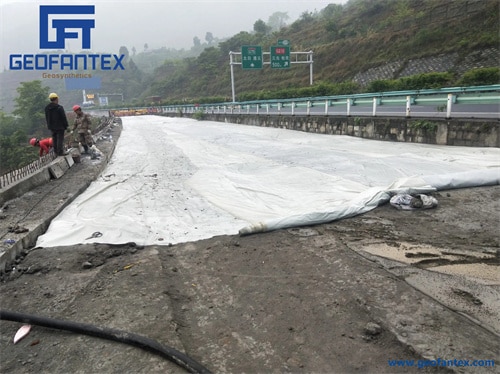
In road engineering, there are three construction methods for spreading geotextiles: directly laying on the roadbed; arranging in the road groove with a vertical plane; paving in the road groove, and embedding with granules.
① Directly lay on the roadbed: first, remove the debris on the ground, then unfold the geotextile, and mark the edge of the geotextile relative to the road centerline with wooden stakes to ensure the correct paving position.
②In the road groove with a vertical surface: lay the geotextile to spread across the road groove in sections without taking special measures, and the end folded up is perpendicular to the road groove edge.
③ Paved in the road groove and embedded with granular materials: the geotextile is spread across the road groove, and the embedded length at both ends is covered by the side granular berm, and then the geotextile is folded back to the berm, and then embedded with the second layer of the base material.
Geotextile in railway engineering
In railway engineering, due to the different laying conditions of new and existing railway lines, there are different constructions.
①The new railway is laid without traffic interference, and it is easy to ensure the quality. During construction, attention should be paid to checking the drainage slope of the base surface, the quality, and quantity of materials, and laying mark piles on the line and paving directly.
② Special attention should be paid to driving safety and construction quality during the laying and construction of existing lines. The construction methods are divided into two types: slow construction and blocked line construction.
The slow-moving construction shall be organized according to the current norms. After the ballast is excavated to the design elevation, the horizontal drainage slope of the base surface is made, and the bottom sand is laid and photographed. Then lay geotextile or geomembrane, then lay sand to make sure, backfill the ballast, and restore the line. According to different conditions, slow construction can be carried out by means of buckle rails, sleeper wood, and hanging rails.
Construction of blockade lines The construction of blockade lines shall be handled in accordance with the current norms. When the blockade begins, the ballast bed is excavated, the ballast is removed to the design level, the base surface is trimmed, and a drainage slope (not less than 4%) is set. The bottom sand is patted, and then the geotextile or geomembrane is paved in rolls, and then the surface sand is patted, the ballast is backfilled, and the line operation is carried out to restore the line.
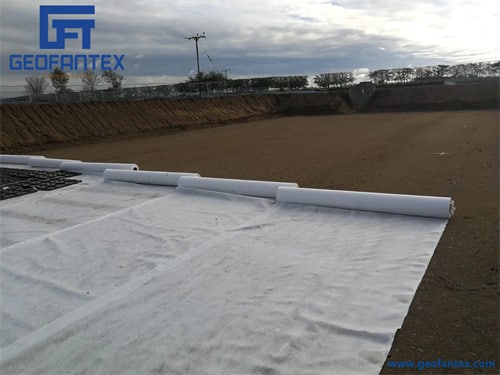
Geotextile In tunnel engineering
In tunnel engineering, the geotextile construction method in the tunnel is basically the same as that of the roadbed, but pay attention to the following points.
① Before laying, the drainage should be handled according to the tunnel conditions, that is, adding or deepening side ditches, drilling scuppers on the sidewalls of the ditches, and adding lateral blind ditches in some sections.
②The speed limit during construction is 15km/h.
③The damaged bottom concrete block should be chiseled, and if necessary, the weak base layer should be excavated, and then the sand cushion should be laid to the elevation of the bottom surface of the tunnel.
2) Connection method of geotextiles
The connection between fabric and fabric generally includes the joint lap method, seam joint method, heating joint method, etc.
Get the latest price?
We’ll respond as soon as possible(within 12 hours)





